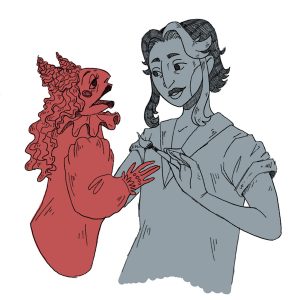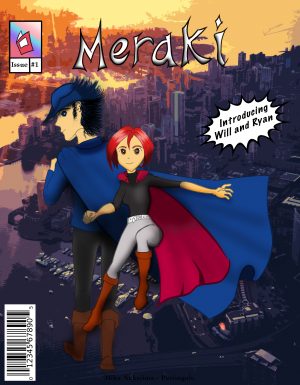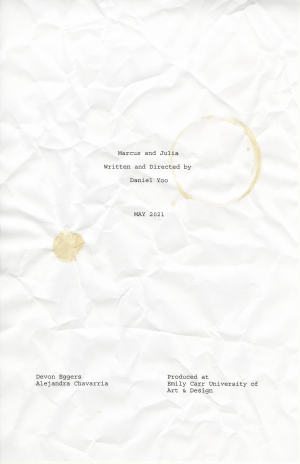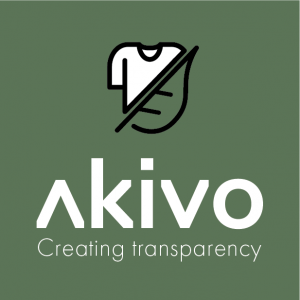Slate
Owen Castanier

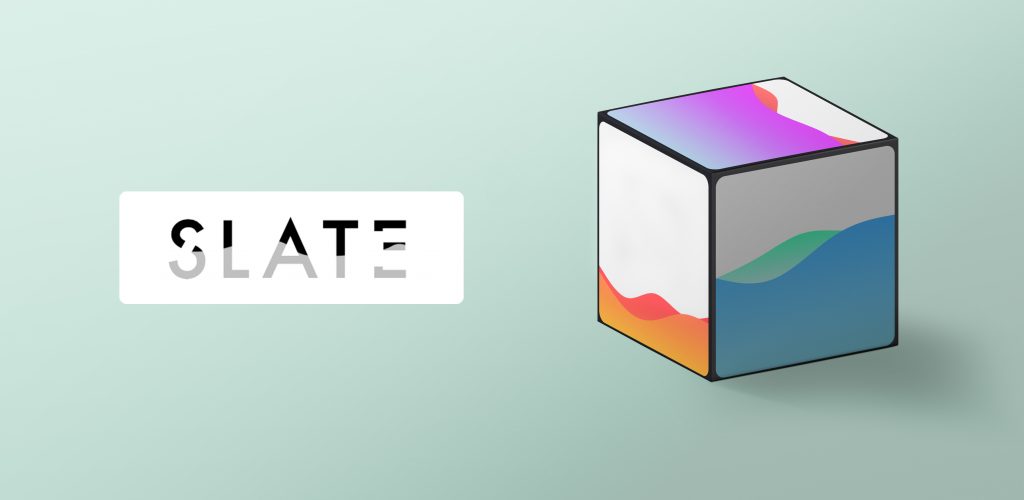
PROBLEM SPACE
In 2020, many people were forced to adopt remote work practices, and no longer experienced the mental and geographic separation that comes with traveling to work or school, doing your tasks for the day in a work setting, and returning home to a personal space,
feeling done for the day.
Working from home eliminates that separation of work time from personal time, leading to excessive work hours and the feeling that you should always be doing something productive. This often leads to burning out or having little motivation to complete work tasks in the first place. Wanting to combat these issues to help professionals and students working remotely lead to the creating of my thesis project, Slate.
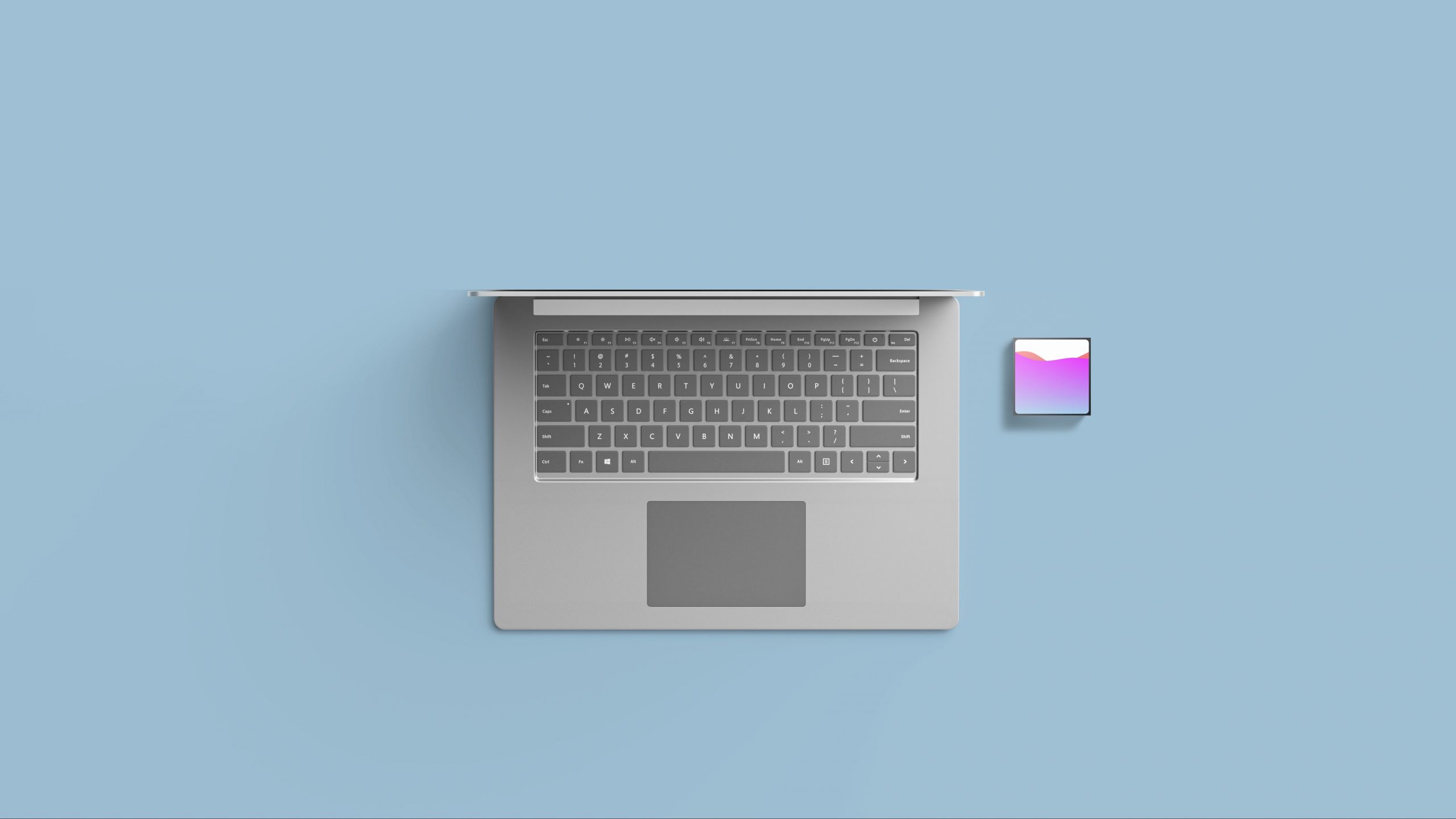
WHAT IS SLATE?
Slate is a stand-alone device intended to help separate work time from personal time when working from remote or personal spaces.
The overall concept draws inspiration from the Pomodoro Technique, a time management method developed by Francesco Cirillo in the late 1980s. The technique uses timed intervals (most commonly 25 minutes), to break up work periods into chunks. After one “Pomodoro” (25min timer cycle) has passed, a 5-minute break is given, and a new Pomodoro is started. After completing four cycles, the user can take a longer 30-minute break. There are many benefits to this technique, including better mitigation of distractions, reduced mental fatigue, increased time efficiency, and both accountability and motivation due to each cycle being timed.
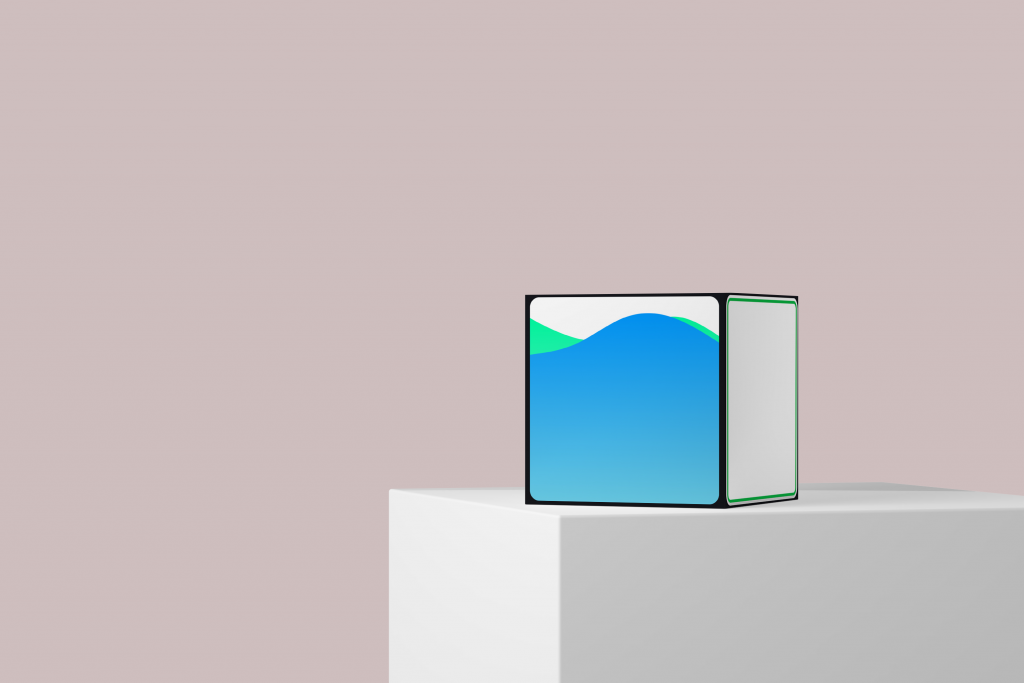
For Slate, I wanted to create a tool to help separate work time from personal time while many of us are stuck in our personal spaces completing remote work.
I focused heavily on creating a tool and not a distraction, and with the many distractions often found on our smart phones and computers, I decided it would be beneficial for Slate to be a stand-alone device in the form factor of a 2 1/2’’ by 2 1/2’’ cube.
Slate further benefits from a physical form factor through the interactions the user has with the cube (explained in video below), playing on the satisfaction and feeling of accomplishment that comes with crossing an item off a to-do list, and taking one step closer to being done for the day. To visualize the passing of time, I chose to use a liquid fill style animation rather than a clock or other format, to prevent continuious checking of time remaining/ time passed, distracting the user.
HOW SLATE WORKS
REFLECTION
This project has been an interesting journey to say the least. There were many struggles, difficulties, and constraints that came with this project and remote learning over this past year at Emily Carr. Through this project I also learned a lot about myself as a designer, my passions, new perspectives, collaboration with others, and the direction I want to head moving forward as an Interaction Designer. A special thank you to my peers, faculty, and family for all their support over the past 4 years at ECU.
Sept 2020 – April 2021
Owen Castanier
Owencastanier@gmail.com

